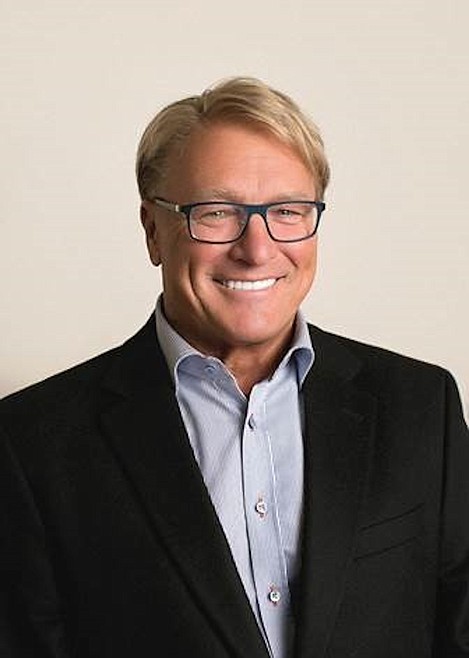Housing and the myth of affordability
It’s important to have myths in life. A myth contains elements of truth wrapped into hopeful aspirations. They’re more than fairy tales, but less than scientific fact. Why do we create and believe in myths then?
Take “affordable housing” for example. The sale price of homes has increased about 6 percent each year for the past several years, while real wages in North Idaho have not kept up with that pace. At the same time, the number of listings for existing homes under $250,000 has gradually been shrinking as the low-lying fruit (i.e. the least expensive homes) have been getting picked off. The cost for city infrastructure (sewer and water hook-ups, curbs/gutters/sidewalks etc.) and pre-development charges (those infamous “impact fees”) plus rising material/construction labor costs, for new-builds creates a bias towards building more expensive homes, even so-called starter homes. And many buyers coming from out-of-state are cash buyers, making it difficult for lower-end buyers who need mortgages to compete. Even the popularity of VRBO and AirBnB is taking homes out of circulation as investors snap up properties. The intersection of all these factors has produced an “affordability” issue.
If homeowner values are rising, isn’t this generally a good thing, an increase in personal wealth? Yes, of course it is a better scenario than if prices were plummeting, but it’s all about community. A healthy and growing society should have a balanced grouping across all the age and economic spectrums.
The affordability squeeze is showing up right now in North Idaho demographics, which are beginning to show a heavy concentration toward the seniors 55-plus segments — and toward second homes, vacation homes, and short-term rental homes. Locals and people considering moving here for lifestyle/work are priced out of the market, and sooner or later this will catch up to the economy in terms of disposable incomes and job vacancies. Where is the pool of ready-workers going to come from if we are trying to entice new businesses to locate here?
It’s a difficult problem, because builders and investors and home buyers cannot be forced to act against their economic interests. Some jurisdictions have gone down that path, restricting some defined amount, say 20 percent of new projects, to include a subsidized component. By and large these projects have proceeded, but mostly in larger metropolitan areas with vibrant markets that can “afford” the affordability provisions. Subsidies create market distortion, economic friction, a drag on the development: the dis-economics are passed along downstream, to the non-subsidized consumers. This can only be accomplished in strong demand, rising markets.
The issue of affordability here in North Idaho may yet morph into a hard intractable fact. The “myth” is that we care, that this is on our radar as something important, that somebody is doing something about it. I don’t know if it is inevitable, but I have followed several communities for over 25 years as they grapple with solutions. These are still thriving communities with great real estate markets — Whistler, Aspen, Vail, Boulder, Bend, come to mind — but they have not solved the affordability issue. It’s a problem great places seem to generate, because so many people want to live in those towns. I am curious if we can find a balance.
According to HUD, the median annual income in Bonner County is $56,000 for a four-person family. Lending guidelines restrict a borrower to 45 percent of gross monthly income for debt service: that equates to $2,100 allowable for all debt, including house payments. If there are car payments or credit card debt or student loans of even $500 per month, that leaves about $1,600 for mortgage payments which translates into a home price of $260,000. There is also a rule of thumb that suggests a maximum of 28 percent of total household income for housing expenses, which then drives the home price down to $200,000, and we definitely do not have an inventory of homes in that price range that do not require renovation.
There are some groups thinking about this and trying to come up with solutions: the Bonner Community Housing Agency, Habitat for Humanity, Mayor Rognstad and City Council, the City Planning Department, and the Selkirk Realtors.
Raphael Barta is the president 2018 of the Idaho Association of Realtors, the state-wide organization representing 8,700 Realtors. A shout out here to ace mortgage lenders Penny Kyllo, Cathy Pizzini, and Travis Icardo for their opinions on this affordability issue from the lender’s perspective.

